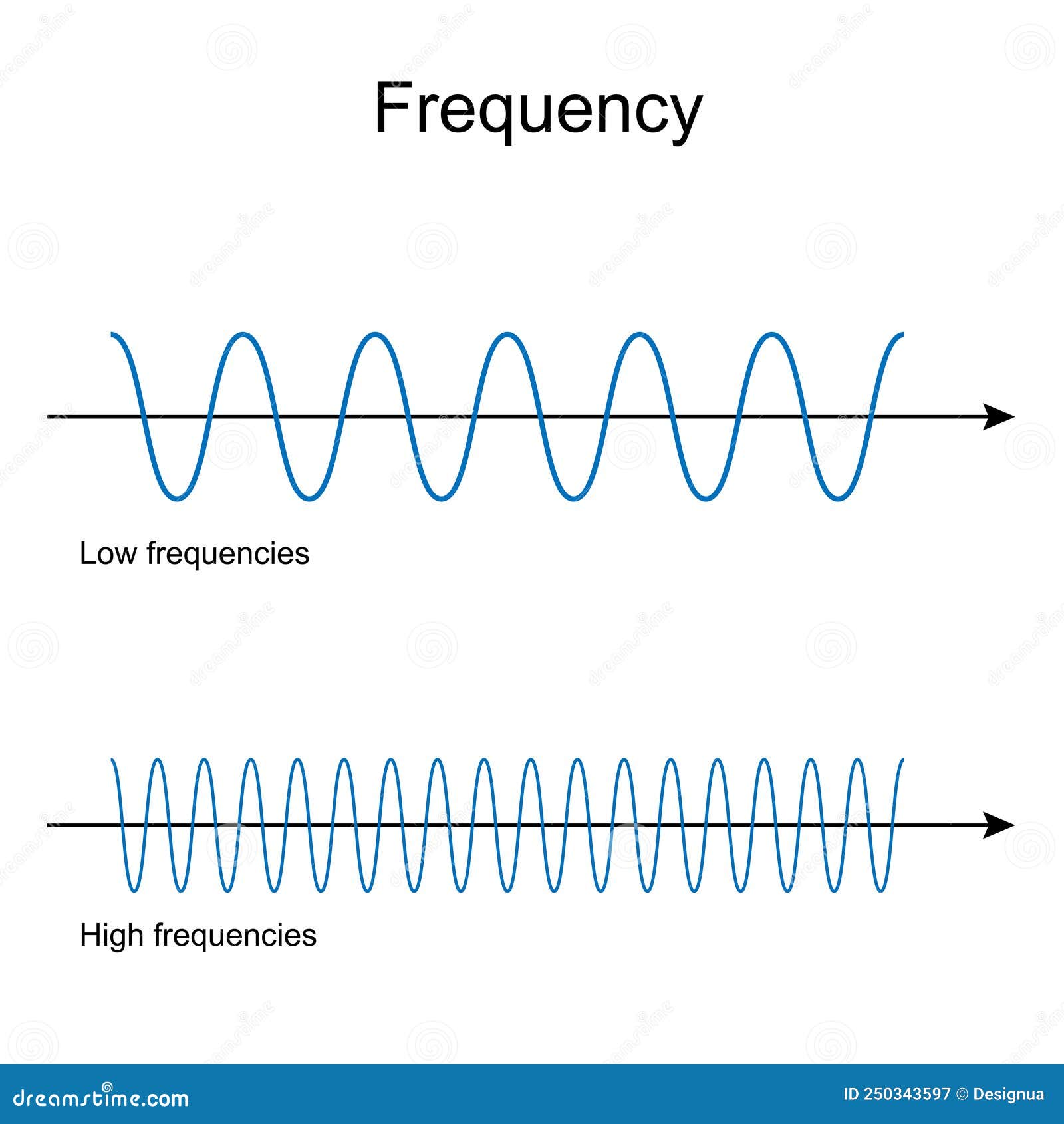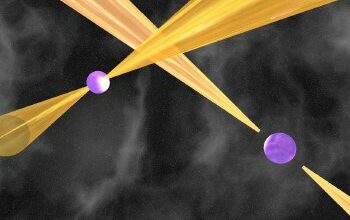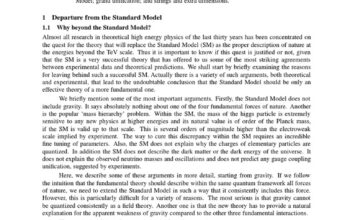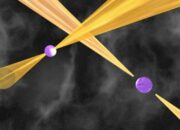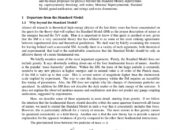The quest for exoplanets—planets orbiting stars beyond our solar system—has captivated astronomers for decades. This intrigue stems not only from the potential of discovering extraterrestrial life but also from the insights such discoveries offer into the formation and evolution of planetary systems. Recently, an innovative tool in the astronomer’s toolkit has emerged: the frequency comb. This precise technology promises to open new frontiers in the search for exoplanets, facilitating a shift in perspective regarding how researchers detect and characterize distant worlds.
At its core, the concept of a frequency comb relies on the emission of light in well-defined frequencies or spectral lines. These lines are akin to the teeth of a comb, providing a grid-like structure across the spectrum of light. Frequency combs utilize a laser source that produces a wide range of stable frequencies, allowing for unprecedented measurements of light. This capability can be employed to gauge the minuscule variations in stellar light caused by orbiting planets through methods such as the radial velocity technique.
The radial velocity method is predicated on the Doppler effect, in which the motion of a star towards or away from Earth induces shifts in the star’s spectral lines. When a planet orbits a star, it exerts a gravitational pull that causes the star to wobble slightly, oscillating towards and away from Earth. These oscillations can be detected as shifts in the light spectrum, thus revealing the presence of an exoplanet. However, detecting these minute shifts has traditionally been fraught with challenges due to the limitations of available instruments and the inherent noise in astronomical observations.
This is where frequency combs significantly enhance observational capabilities. With their ability to provide a highly accurate frequency scale, astronomers can now detect the Doppler shifts with greater precision. The fine structure of the frequency comb allows for the discernment of even the slightest variations in spectral lines, effectively improving the signal-to-noise ratio in measurements. Such advancements could lead to the discovery of smaller and less massive exoplanets, including those in the habitable zones where conditions may be suitable for life.
Moreover, frequency combs can augment the understanding of exoplanet atmospheres through a technique known as transmission spectroscopy. When a planet transits in front of its host star, the starlight passes through the planet’s atmosphere, which may absorb specific wavelengths. By employing frequency combs, astronomers can acquire detailed spectra of the light that has interacted with the atmosphere, enabling them to identify chemical signatures and ascertain the composition of exoplanetary atmospheres. This presents an opportunity to identify biomarkers—molecules indicative of biological processes—such as oxygen or methane, which could suggest the potential for life.
Utilizing frequency comb technology also aligns with the burgeoning field of astrobiology. As researchers investigate the conditions under which life might arise on exoplanets, fine-resolution spectroscopy powered by frequency combs can pave the way for understanding planetary environments more holistically. Such insights extend beyond the mere presence of exoplanets to encompass their habitability, which is a crucial factor in the search for extraterrestrial life.
The potential implications of frequency combs extend further into the realm of signal processing and machine learning, heralding a new era of precision in astrophysics. With increased data acquisition and analysis facilitated by advanced algorithms, researchers can more effectively filter out noise and pinpoint exoplanet signatures. This synergy between technology and discipline could catalyze a paradigm shift in how observations are conducted and analyzed, enabling a more prolific discovery rate of exoplanets.
Yet, the integration of frequency combs into the search for exoplanets serves as a broader metaphor for the continued advancement of scientific inquiry. It epitomizes the interplay between innovative technologies and profound questions regarding our universe. Just as the integration of high-resolution imaging revolutionized the realm of astronomy, frequency combs represent a leap forward in addressing the complexities of exoplanet research.
In conclusion, as the hunt for exoplanets presses on with renewed vigor, the advent of frequency comb technology holds the promise of revolutionizing this celestial pursuit. By enabling precise measurements and insights into distant worlds, frequency combs empower astronomers to not only detect exoplanets with greater accuracy but also to delve deeper into the fundamental questions regarding their composition and potential for harboring life. As we stand on the threshold of this new frontier, the excitement surrounding exoplanet exploration continues to grow, inviting curiosity and speculation about what might lie beyond our own solar system.
